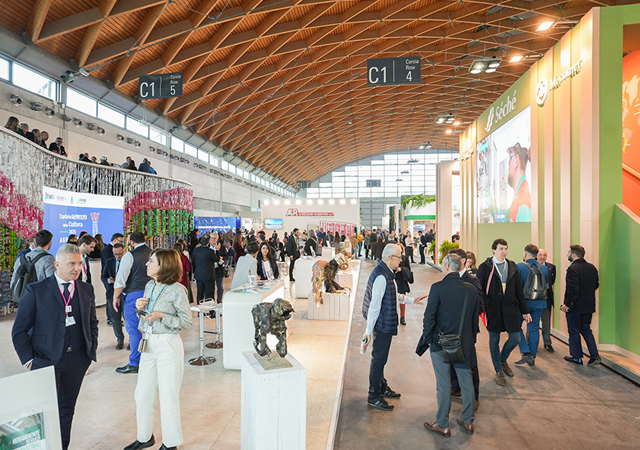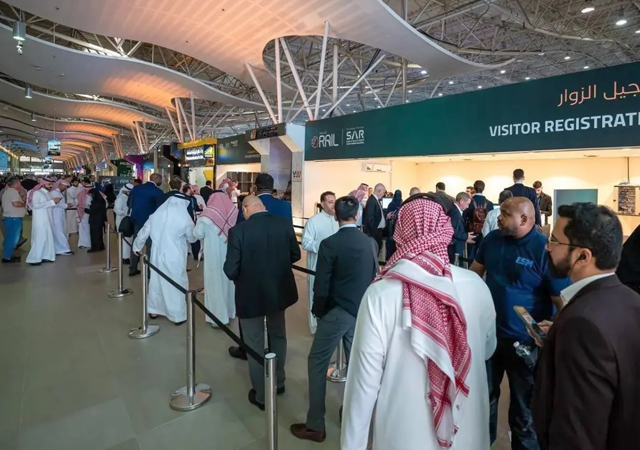Millions of dollars is lost in termite control and the replacement of damaged wood, timber, plywood and other cellulose materials in building interiors when it is infested by subterranean termites.
Although the size, quality and complexities of building interiors can vary, timber – which is susceptible to termite attack – is widely used in its composition.
Termite control starts with the identification of the species, pinpointing the nest of the colony and applying the best possible control method. To prevent the risk of termite infestation and thus the safety of the interiors, a regular inspection of the building, use of the naturally termite-resistant and treated timber and installation of termiticide barriers in soil around buildings is necessary. Trees and stumps in the close vicinity of the building may be the source of termite infestation- making the use of a termiticide barrier around trees a good practice.
Better inspection, including wooden interiors the sub-floor, roof void interiors, and other areas of the property, leads to improved termite protection and treatments. During the inspection, the pest control professionals tap the interior wooden structures as a hollow sound indicates infestation as is the presence of fresh or old mud tubing on wall or any other structure. If termite infested timber is located, a small cut is made to expose the interior of timber to identify the species of termites then sealed so as not to disturb the termites.
There are many types of newly-developed inspection equipment used by professionals that assist in detecting infestation and other termite activity in wooden interiors. Some of these are:
• IR-100 thermal imaging camera: The infrared (IR) camera is used to provide an overview of the structure under inspection, as it can quickly provide views of the interior structure that may require further investigation. Wooden structures that suggest the presence of moisture, rot, hidden carton nests, hidden live animals, previous repairs, insulation problems and other anomalies, might be easily apparent and warrant further inspection.
“AED-2000L – Acoustic emission detector, which “listens” to sounds inside walls.
• Termatrac: A microwave tracking device, which has been developed using the technology similar that which is used in radar. It is a breakthrough development in the inspection of the interior of the building for the detection of termites. Termatrac is the solution for detecting termites through timber, plasterboard, brick or masonry with no interference to the building material or termite activity. This device offers the pest control profession the advantage of accurate detection, without having to drill, tap or prod.
• Resistograph: A tool which helps to indicate the physical degradation of the timber that may not be visible to the naked eye.
“Moisture meter: This equipment has been designed to measure the moisture content in interior walls and timbers, as high moisture content is conducive to termite infestation. Termites can bring up moisture from the soil into the building walls and thus the moisture content gives an indication of termite activity in the interior of the structure.
As the first step for termite management, only treated wood should be utilised in the various structures in the interior of the building. The wood can be treated in the following ways:
• In pressure-treated wood, used to replace old or termite-infested wood, the treatment is done at high pressure, and using hot cold immersion and cold soak methods. Water-based borate treatment may also provide long-term protection for the wood, which can be painted or sealed after the treatment.
• The interior wooden structures can be treated with termiticide. It can be sprayed, painted with brush or injected inside the wooden structures with care, using the correct dilution as per label. Any wooden structure that is in direct contact with the soil should be pressure treated or a mechanical alteration should be undertaken to eliminate soil contact.
• The termiticide can be applied in the infested damaged wood in voids, cracks, spaces and wooden joints, among others. It can be sprayed, brushed or injected in internal wooden structures and gives protection to the exposed surfaces. The termiticide should penetrate the wooden structures to provide longer protection and treatment of interior wooden structures is best at the time of soil treatment as it reduces the chances of infestation.
Toxic barriers
The next step in termite management is the application of termiticide to form a continuous toxic barrier in the soil between the structure and the likely entry points of the termites. Some termiticide barriers repel the termites while others kill as well as repel.
The establishment of a continuous uniform pest barrier depends upon the type and pH of the soil and its capacity to absorb and retain the termiticide. To ensure success, the technician needs to establish a horizontal as well as a vertical barrier under slabs, driveways and patios (horizontal) as well as by treating the soil around foundations, piers or support posts and footings of dirt-filled porches (vertical).
The two main application methods used by the Riyadh-based Masa Establishment – a leading pest management specialist in Saudi Arabia – to install a continuous termiticide barrier against subterranean termites includes: pre-construction soil treatment (termite proofing) and post-construction soil treatment (termite control).
Pre-construction application is the best way of establishing a continuous and perfect barrier as the toxic chemical is applied in a way that blocks all possible termite routes. The termiticide applied below the foundation and before pouring the concrete slab on the compacted soil, forms the horizontal barrier. Vertical barrier is made during backfill at the outside perimeter of the structure.
Post-construction termite treatment: Here, the termiticide barrier is established between the soil and the possible termite entry routes into the building. The treatment may vary depending on the local and soil conditions. The soil under the floor slab is treated by drilling holes at intervals of 50 cm and 5 to 6 cm away from the internal perimeter and on both sides of the partition walls. Termiticide formulation at a rate of 2.5 litres per hole is injected and the holes are plugged and sealed with plaster of Paris or white cement.





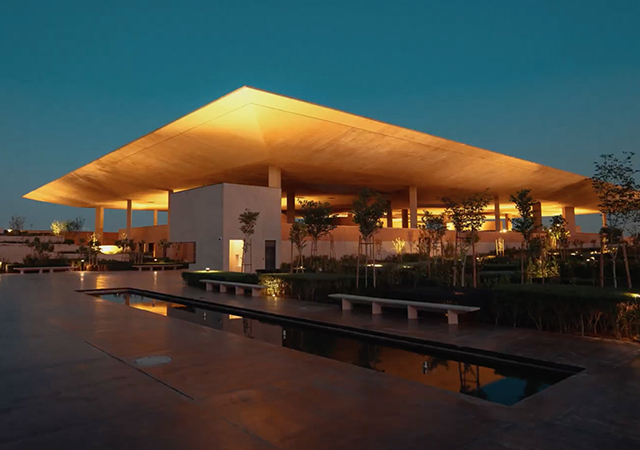


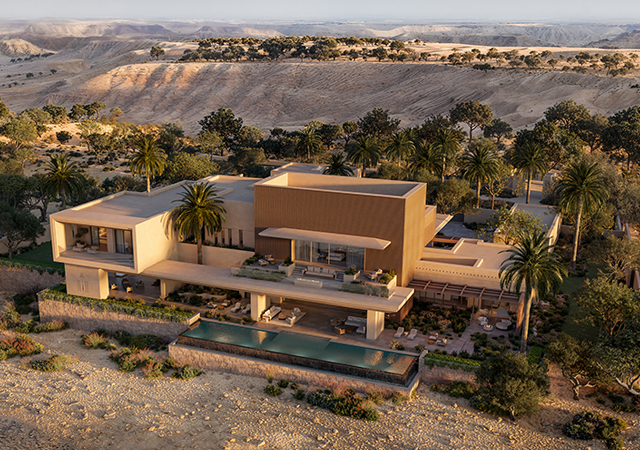
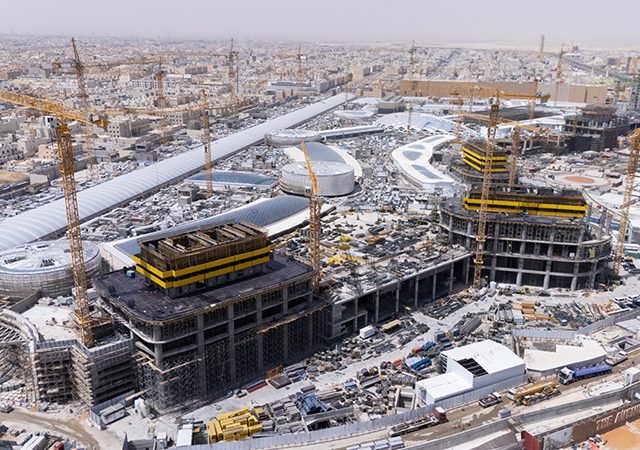
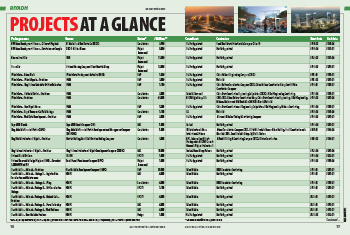




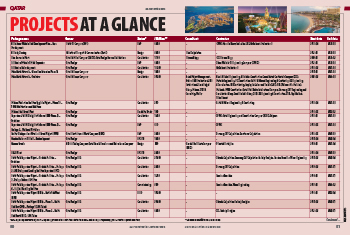
.jpg)
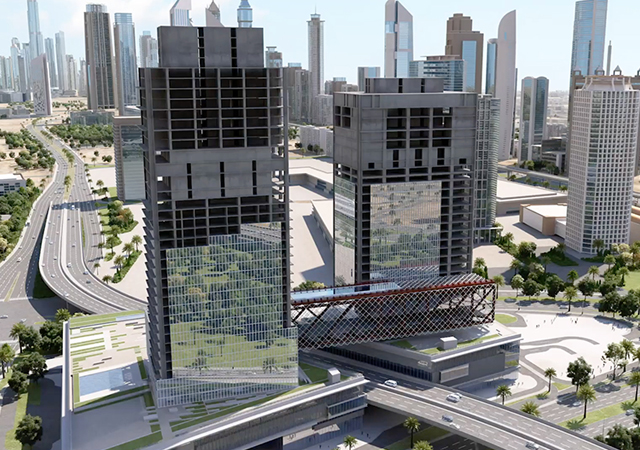
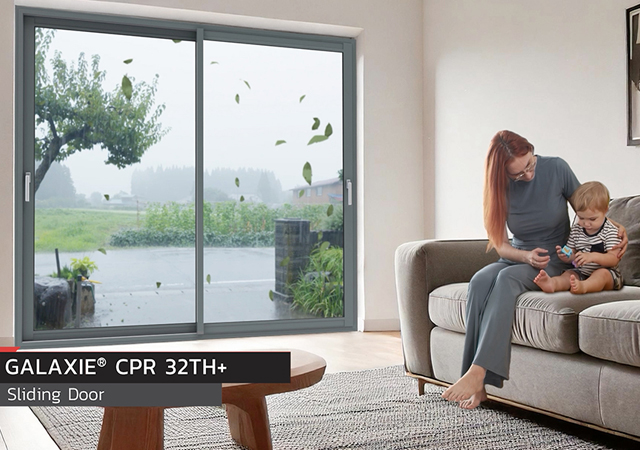

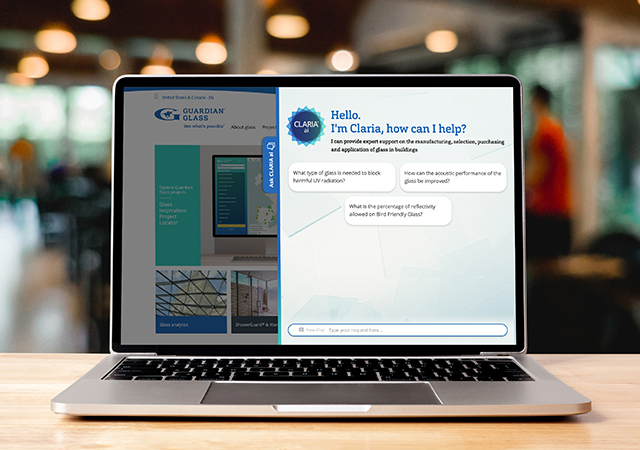

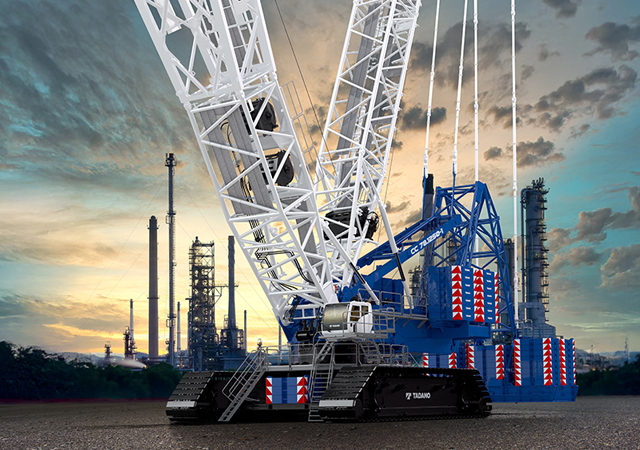
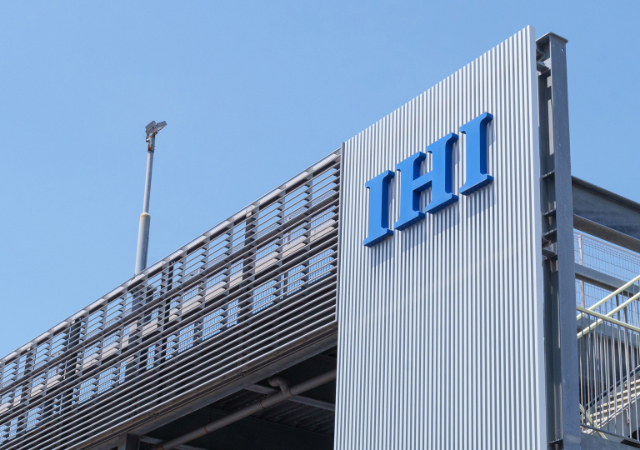



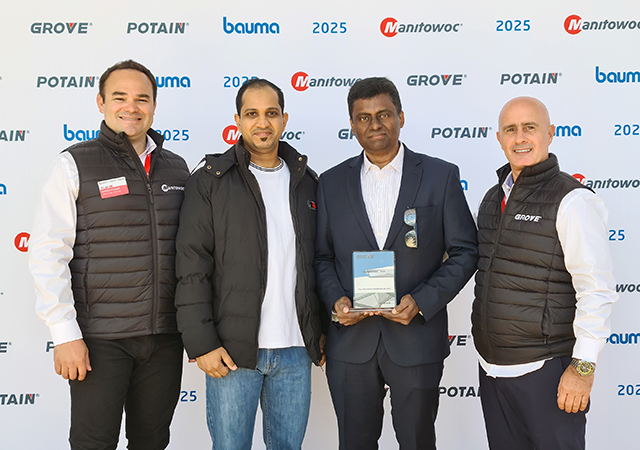
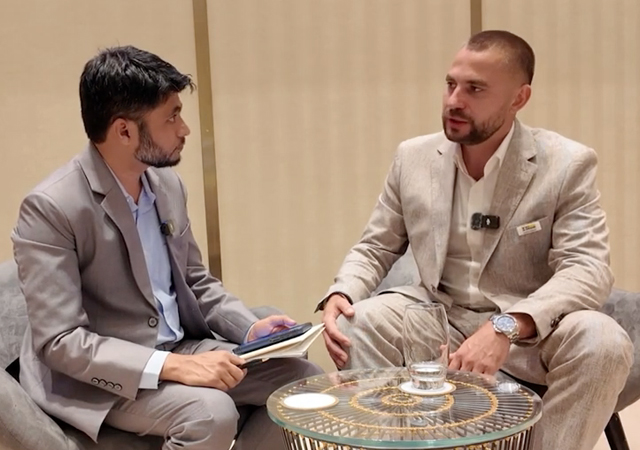
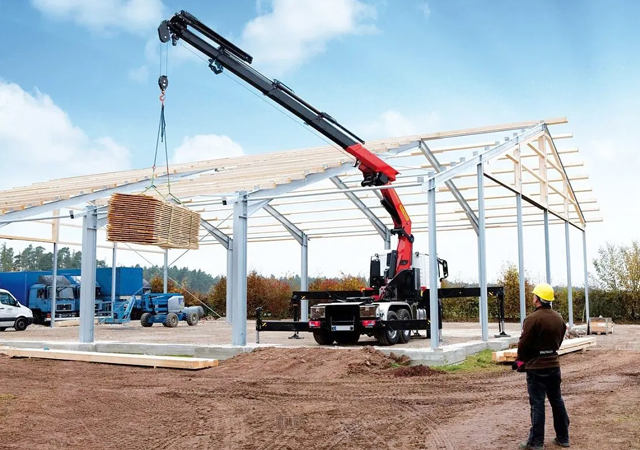
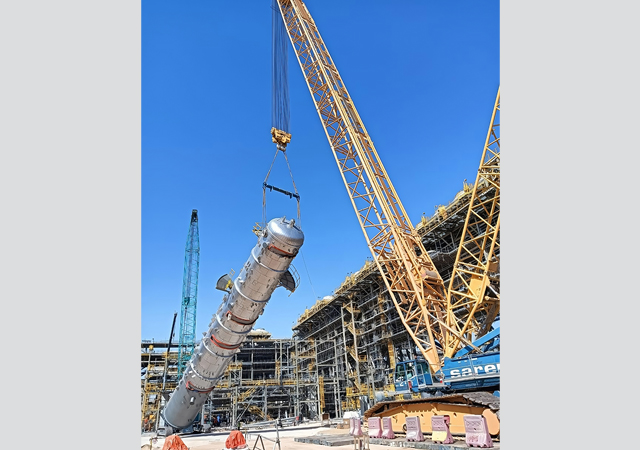
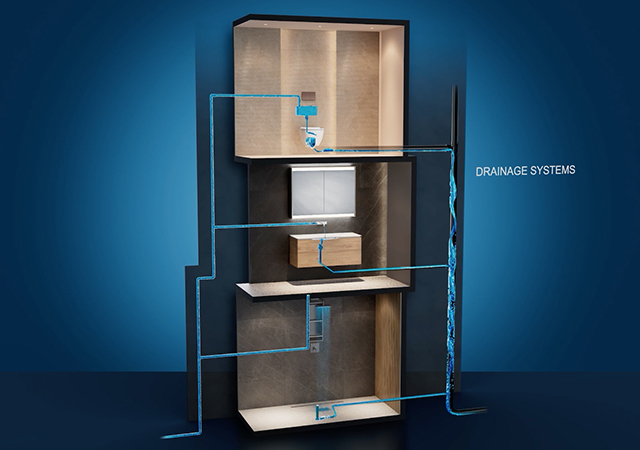
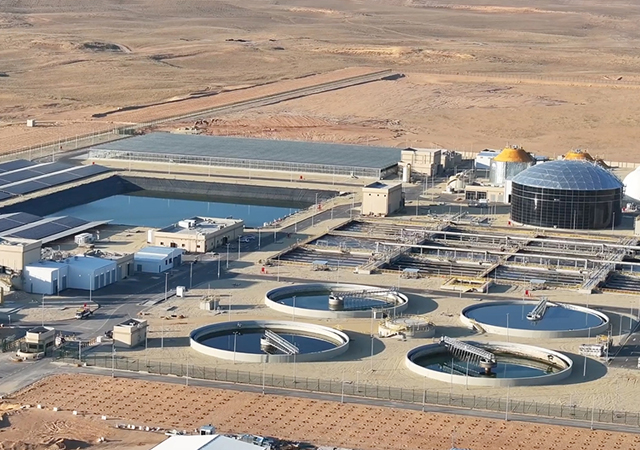

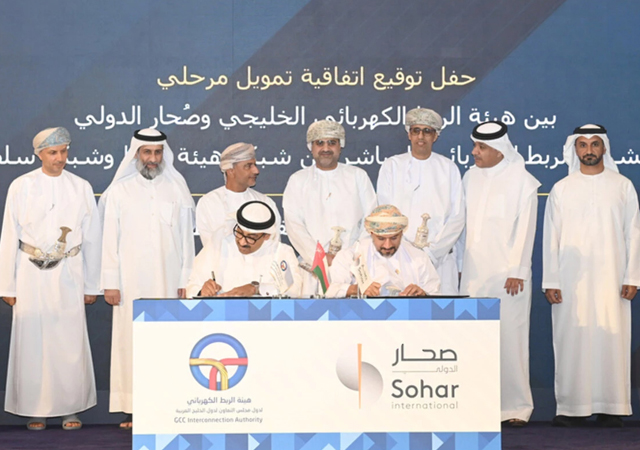





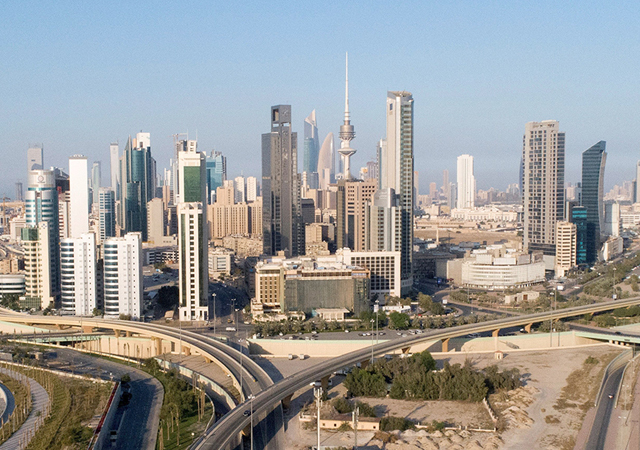
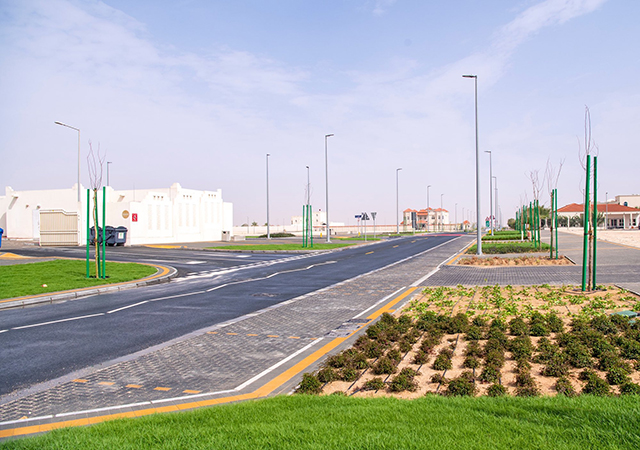





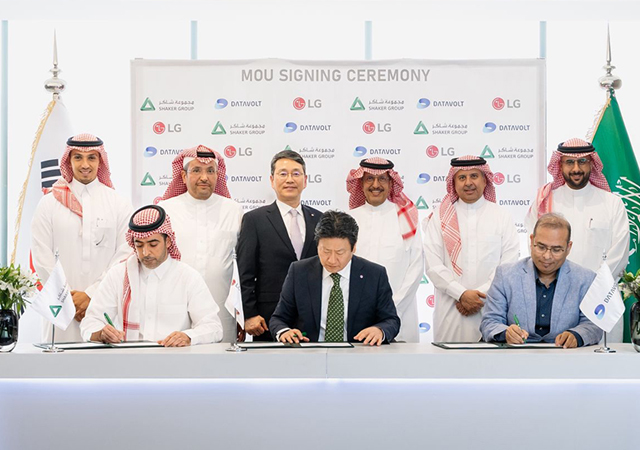
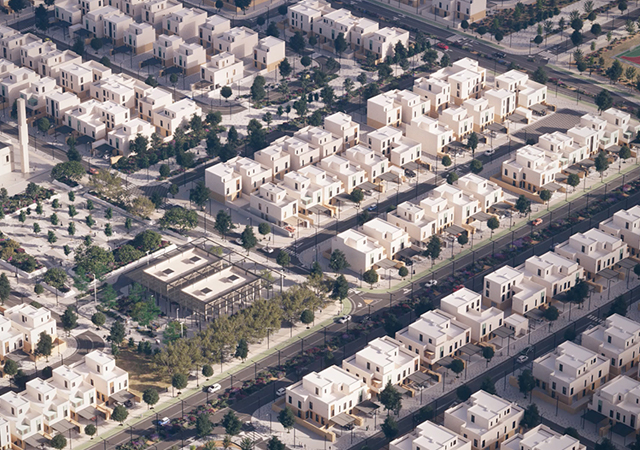
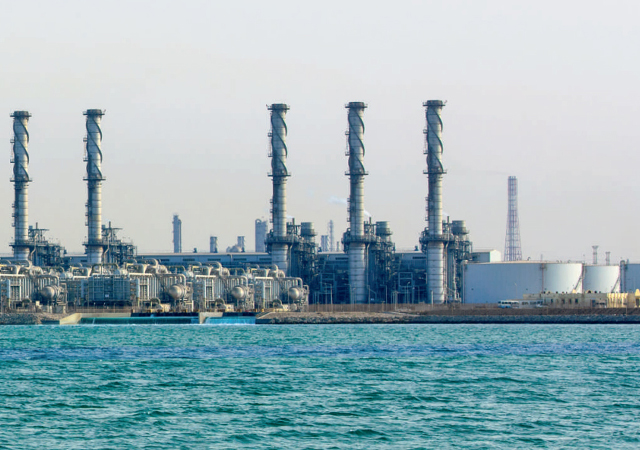


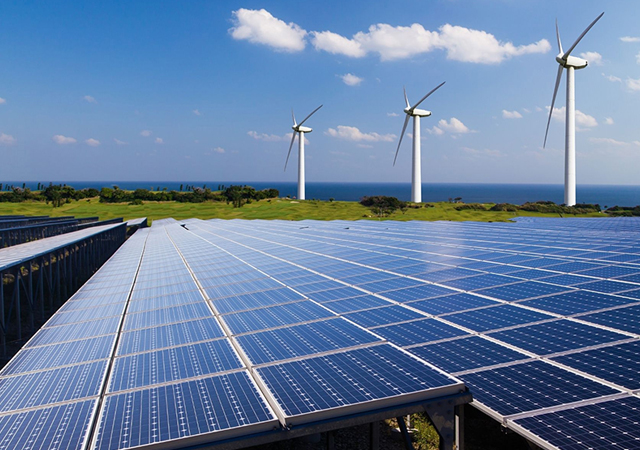
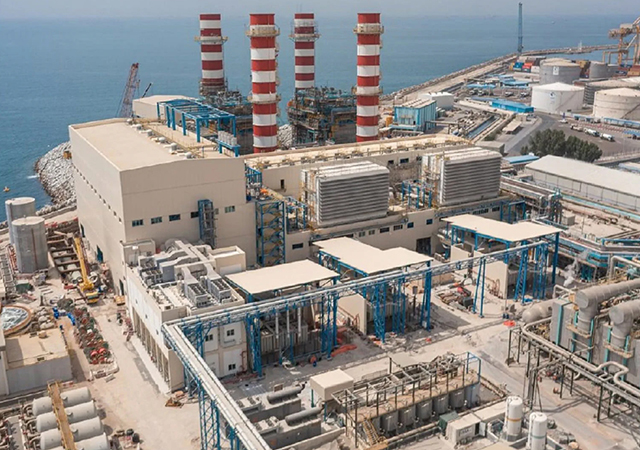


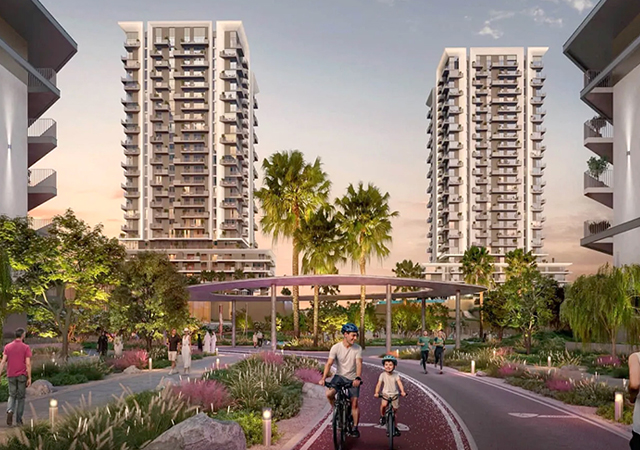







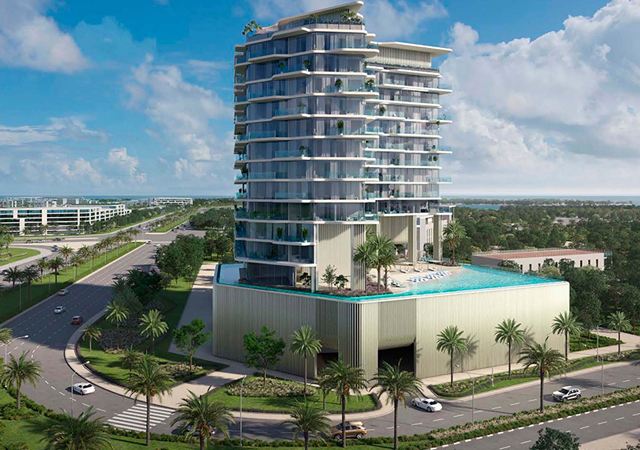


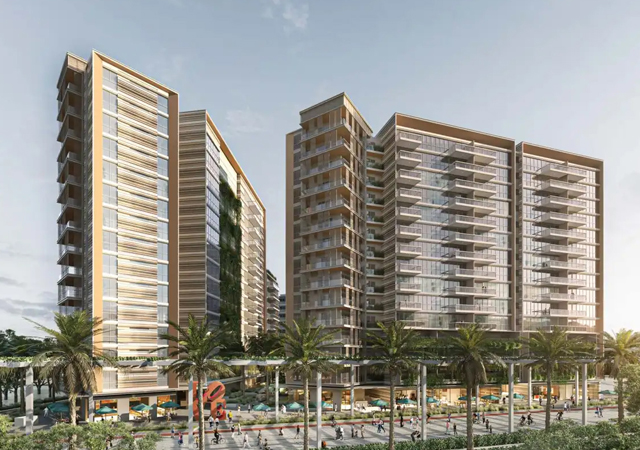
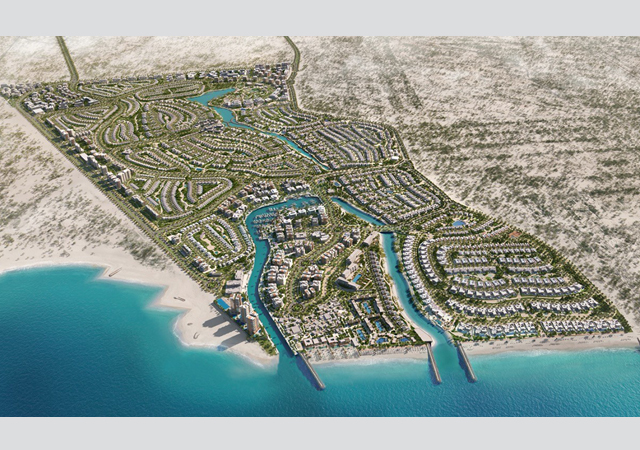
.jpg)
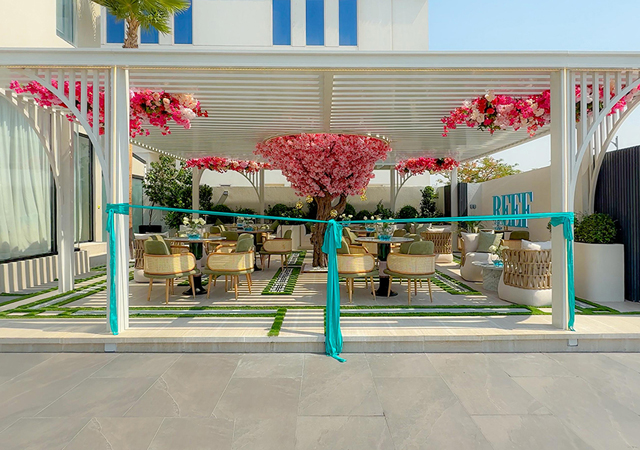
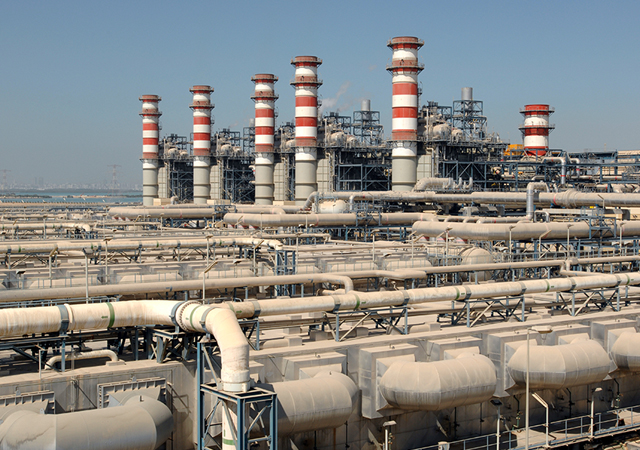
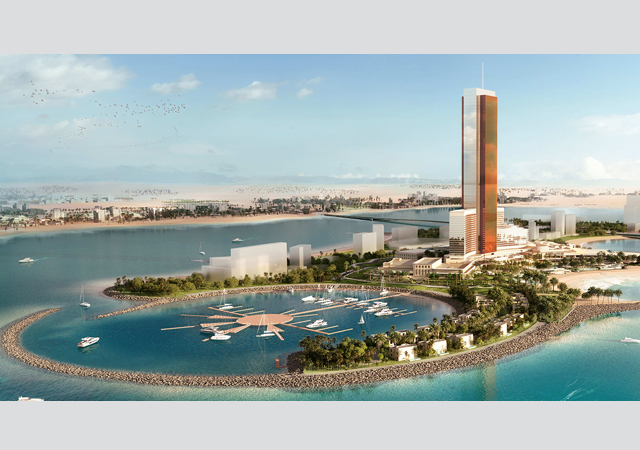

.jpg)

